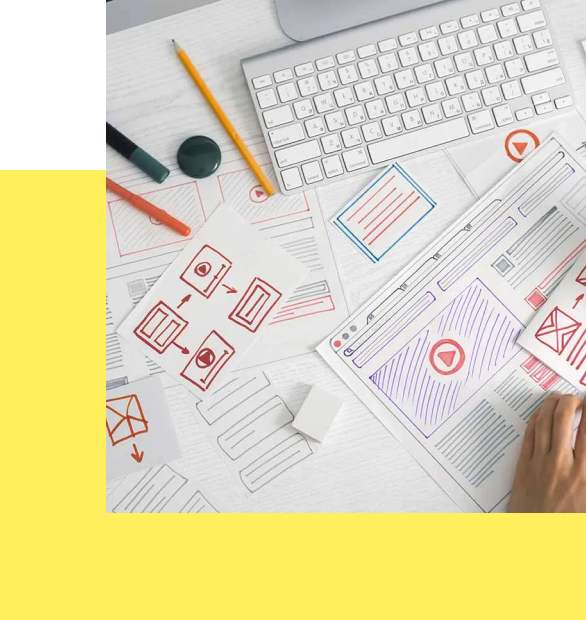Experience design, also known as XD or UX design (user experience design), is a multidisciplinary approach to creating meaningful and engaging experiences for users when interacting with a product, service, or system. It involves the strategic design of every aspect of the user’s interaction, including their perceptions, emotions, and behaviors.
Experience design encompasses various elements, such as visual design, interaction design, information architecture, and usability. The goal is to ensure that the user’s experience is intuitive, efficient, enjoyable, and aligned with their needs and goals. It considers the entire user journey, from the initial interaction with a product or service to the final outcome.

The ultimate aim of experience design is to create products and services that delight and satisfy users, ultimately leading to increased user engagement, customer loyalty, and business success. It requires a holistic and iterative approach, with constant evaluation and refinement of the user experience based on feedback and data analysis. The objectives of experience design can vary depending on the specific project or context, but they generally revolve around creating optimal user experiences that meet both user and business goals.
User experience design deliverables are tangible outputs or artifacts that document and communicate various aspects of the design process and the intended user experience. These deliverables help stakeholders understand and visualize the proposed design solutions and guide the implementation phase. Deliverables may vary depending on the specific project and the needs of stakeholders. They can include, but are not limited to:
Information architecture diagrams outlining content hierarchy
02
Wireframes with low-fidelity visual representations of the user interface
03
Sitemaps illustrating the relationships between different pages or sections
04
Taxonomies categorizing and organizing content or information
05
User scenarios outlining specific user interactions and goals
06
Interactive prototypes validating the functionality of the interface.
07
Card-sorting results with user-generated categorization and labeling preferences
08
Content templates providing a consistent structure for content creation
The UX design process starts with understanding users and project goals through research. A UX strategy is then developed to guide design decisions. Conceptual designs and wireframes are created to visualize the product. Iterative design cycles refine the design through user feedback. Collaboration with developers ensures the design vision is feasible and understood by all team members. Detailed specifications prepare the final design for implementation. Usability testing and user feedback inform refinements. This iterative process ensures the user experience aligns with user needs and business objectives.
Book an online consultation to identify and address your digital challenges and optimize your user experience. Together, we’ll explore solutions that enable you to deliver the best possible experience for your customers.

© 2023 Agataby.Design. All Rights Reserved.